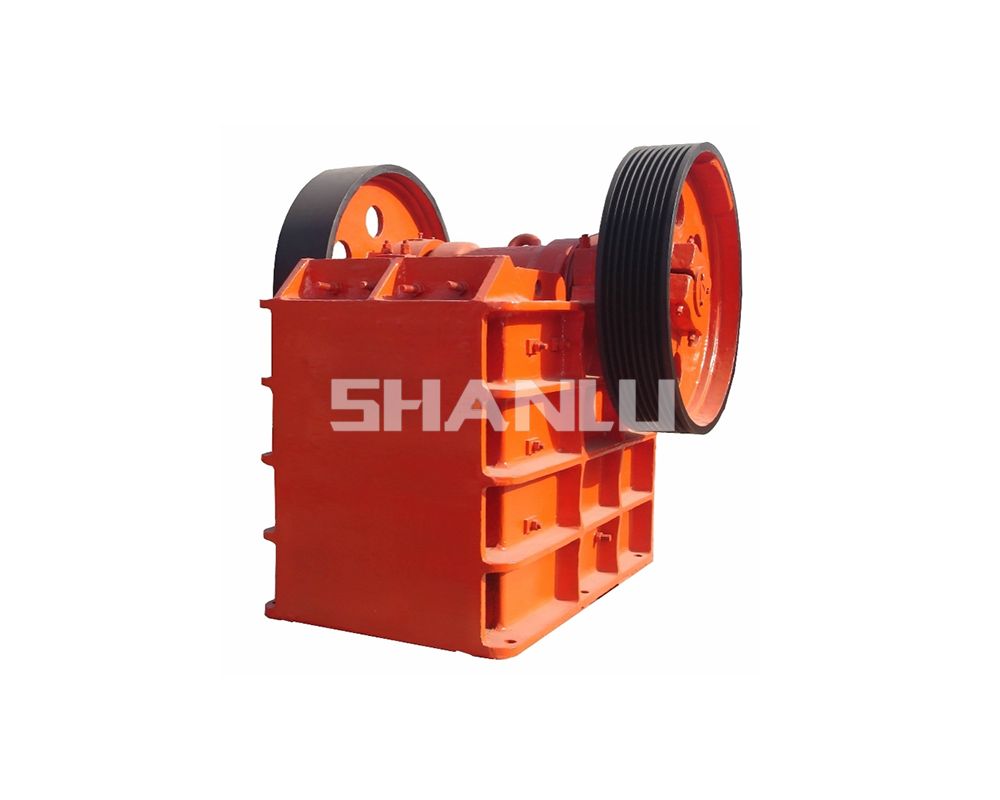Jaw crusher is the core equipment for coarse crushing of quartz sand. If the
crushing efficiency is low (production capacity below 70% of the rated value)
and the jaw plate wears out quickly (service life less than 300 hours), it will
cause the production line to stagnate and the replacement cost to increase.
Based on practical experience, summarize the three-step troubleshooting method
to quickly restore equipment performance.

Step 1: Check the jaw plate and crushing chamber - the core components
determine efficiency and lifespan
Jaw plate is a component that directly crushes quartz sand, and adaptability
and wear state are key factors.
Wrong selection or installation of jaw plate material: Ordinary high
manganese steel jaw plates cannot withstand the strong impact of quartz sand
(Mohs 7 grade) and are prone to rapid wear and tear; Misalignment of tooth peaks
during jaw plate installation can result in uneven crushing gaps and decreased
efficiency. It is necessary to replace the high chromium alloy composite jaw
plate (with a wear resistance twice that of high manganese steel), and calibrate
it with a feeler gauge during installation to ensure that the fixed jaw and the
movable jaw teeth are misaligned and interlocked, with a gap deviation of ≤
0.5mm.
Improper selection of crushing chamber: deep chamber type is used for
processing large quartz sand (50-100mm), and shallow chamber type is used for
processing small quartz sand (20-50mm). If the chamber type does not match the
particle size of the raw material, it will cause "material jamming" or "empty
punching", resulting in a sudden drop in efficiency. After changing the cavity
type, it is necessary to adjust the size of the discharge port synchronously,
such as using a 15-20mm discharge port for deep cavity type and 8-12mm for
shallow cavity type, to ensure that the particle size meets the standard after
crushing.
Step 2: Calibrate operating parameters - Parameter deviation is an invisible
"efficiency killer"
Improper settings of eccentric shaft speed, feed rate, and discharge port
clearance directly affect the crushing effect.
Eccentric shaft speed too fast or too slow: If the speed exceeds 300r/min,
the material is prone to "over crushing", with more fine powder and increased
wear on the jaw plate; Below 200r/min, the crushing force is insufficient and
the efficiency is low. Use a tachometer to test and adjust according to the
hardness of the raw material - set the speed to 240-260r/min for hard quartz
sand and 260-280r/min for soft sand, balancing efficiency and wear.
Overloading or uneven feed rate: Exceeding the rated processing capacity
(such as 100t/h, actual 130t/h), material accumulation in the crushing chamber,
and excessive stress on the jaw plate can cause wear and tear; The fluctuation
of feed quantity can lead to load fluctuations and unstable efficiency. Use an
electronic belt scale to control the amount and maintain it at 80% -90% of the
rated value. Install a vibrating feeder to evenly feed and avoid "clumping" and
crushing.
Step 3: Adaptation of Materials and Daily Maintenance - Raw Material
Issues+Maintenance Shortages and Equipment Collapse
Inadequate material characteristics and maintenance can accelerate equipment
wear and tear.
Raw materials with impurities or high moisture content: mixing with metal
blocks or granite will cause "hard hitting" and wear on the jaw plate; Quartz
sand with a moisture content exceeding 10% is prone to clumping and blocking the
crushing chamber. It is necessary to install a grille (to intercept large
impurities) and a metal detector at the feed inlet to remove hard objects in
advance; When the moisture content is high, add a pre drying process to reduce
the moisture to below 6% and avoid clumping.
Maintenance deficiency: The lack of oil in the bearing causes the eccentric
shaft to stall, and the loosening of the jaw plate fixing bolts exacerbates
vibration and wear. Check the bearing temperature daily (≤ 70 ℃) and add lithium
based grease every week; Tighten the jaw plate bolts monthly and use a torque
wrench to ensure that the torque meets the standard (generally 200-300N · m);
check the crushing chamber lining plate quarterly and replace worn parts in a
timely manner.
By taking the above three steps, the production capacity of the jaw crusher
can be increased by more than 20%, and the service life of the jaw plate can be
extended to over 500 hours. If there are still problems, it is recommended to
contact the manufacturer to test the compatibility of the equipment and ensure
accurate matching with the production needs of quartz sand.